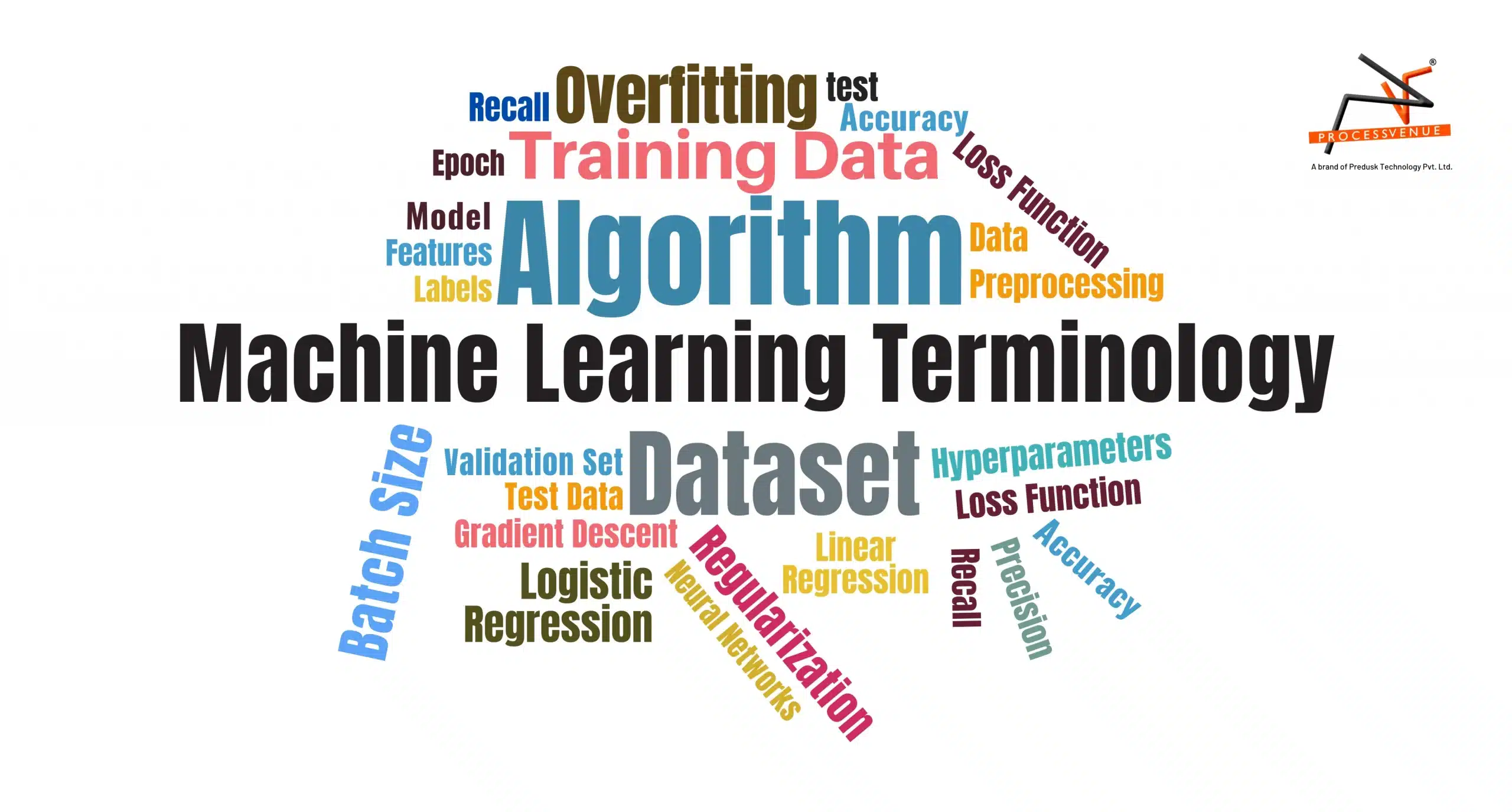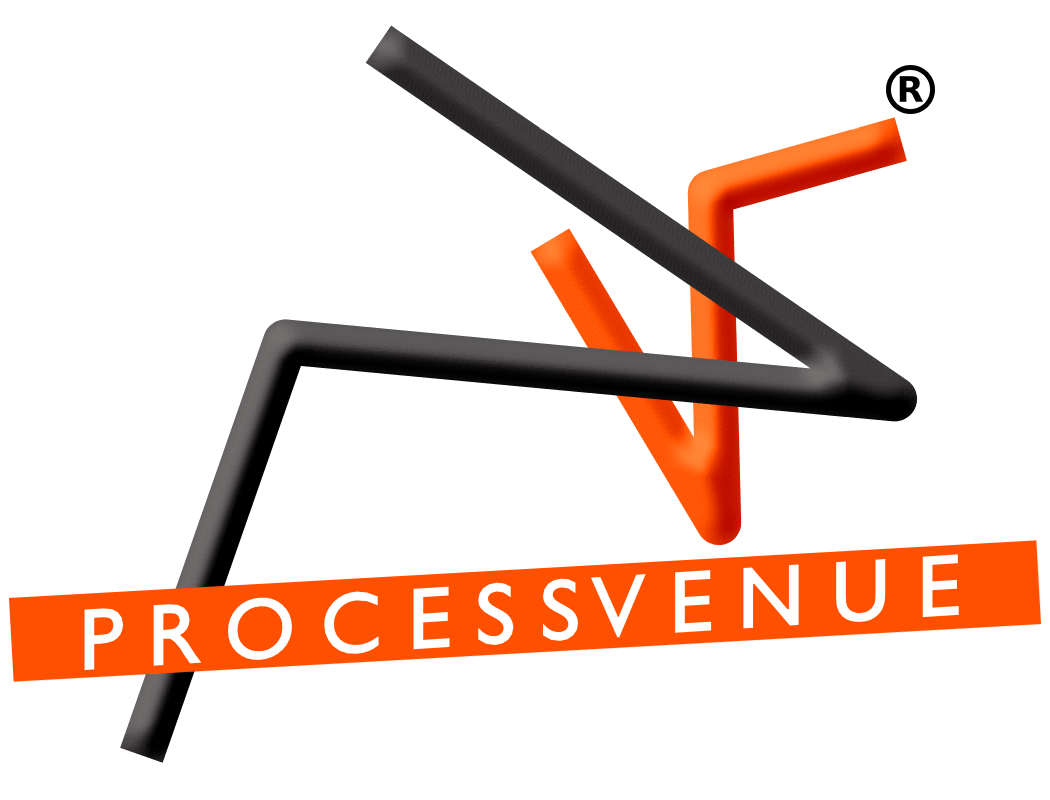
Familiarize Yourself with Machine Learning Terminology: A Comprehensive Guide
How we solve issues, automate operations, and draw conclusions from data is being totally altered by machine learning (ML). But there is a lot of technical jargon in the industry that might be discouraging to amateurs. This thorough set up helps you lay a strong foundation for your machine learning journey by unpacking the key terms.
Core Concepts & Terminology
Algorithm – An algorithm is a step-by-step procedure or formula for solving a problem. In ML, algorithms like Decision Trees, K-nearest neighbors, and Neural Networks are used to find patterns in data and make predictions.
Artificial intelligence – AI is the overarching field focused on creating machines capable of performing tasks that typically require human intelligence, such as reasoning, learning, and problem-solving. Machine Learning (ML) is a subset of AI that enables systems to learn from data and improve over time without being explicitly programmed.
Model – A model is the output of an ML algorithm after being trained on data. It represents the learned patterns and is used to make predictions or decisions.
Dataset – A dataset is a collection of data points in a structured format. In ML, datasets are typically split into:
- Training Set: Used to train the model
- Validation Set: Used to tune hyperparameters and prevent overfitting
- Test Set: Used to evaluate the final model’s performance
Features – These are individual measurable properties or characteristics of the data. For example, features might include the number of bedrooms, location, and size in predicting house prices.
Labels – The target variable or output that the model tries to predict, such as the flower species in an image classification task.
Confusion matrix – A table summarizing correct and incorrect predictions, helping to calculate the above metrics.
Loss Function – The loss function quantifies how well or poorly the model’s predictions match the actual labels. Common loss functions include Mean Squared Error for regression and Cross-Entropy Loss for classification. The goal during training is to minimize this loss.
Ground Truth – Ground truth refers to the actual, real-world values or correct answers used to train and evaluate models. It is the benchmark against which predictions are compared.
Key Model Evaluation Metrics
Common Challenges in Machine Learning
- Overfitting – The model performs well on training data but poorly on new data. Prevent with regularization, cross-validation, or simpler models.
- Underfitting – Model is too simple and fails to capture underlying patterns. Solve by increasing model complexity or adding features.
- Bias-Variance Trade-off: Generalization requires striking a balance between model simplicity (bias) and complexity (variance).
Model training & Optimization
- Training Data: Data used to teach the model
- Test Data: Data used to evaluate model performance after training
- Validation Set: Data used to tune hyperparameters and prevent overfitting
- Hyperparameters: Settings like learning rate, batch size, or number of layers, which are set before training and tuned for best results.
- Gradient Descent: A standard optimization algorithm that updates model parameters to minimize the loss (error).
- Epoch: One complete pass through the entire training dataset.
- Batch Size: Number of samples processed before the model is updated.
Data Preparation & Processing
- Data Cleaning: Removing inconsistencies and handling missing values.
- Normalization/Standardization: Scaling features to a similar range for better model performance.
- One-Hot Encoding: Converts categorical variables into binary vectors for ML algorithms.
- Feature Engineering: Creating or transforming new features to improve model performance.
Best Practices
- Always split your data: Use training, validation, and test sets.
- Visualize your data: Understand distributions and relationships.
- Monitor metrics: Don’t rely on a single metric; use a combination for better evaluation.
- Iterate: ML is an iterative process—experiment, evaluate, and refine.
Why Machine Learning Matters for Businesses
Machine learning is not just a buzzword—it’s a powerful tool that drives real results:
- Enhanced Decision-Making: ML analyses complex datasets to provide actionable insights.
- Automation at Scale: From fraud detection to predictive maintenance, ML streamlines operations.
- Customer Personalization: Tailored recommendations improve engagement and satisfaction.
If you’re ready to leverage machine learning for your business, ProcessVenue offers cutting-edge AI solutions tailored to your needs.
How ProcessVenue can help you harness Machine Learning
ProcessVenue specializes in creating custom AI and ML solutions that empower businesses to thrive in a competitive landscape. Here’s why they stand out:
- Expertise in supervised, unsupervised, and reinforcement learning models.
- Advanced tools for data collection, training, and inference.
- Proven strategies for turning raw data into actionable insights.
Visit ProcessVenue’s AI & Machine Learning offerings to explore how we can transform your business. Let’s Start the Conversation!
What machine learning term intrigues you the most? Share your thoughts below!
Whether you’re curious about clustering algorithms or reinforcement learning applications, ProcessVenue has the expertise to guide you through your AI journey.
FAQs
What is feature engineering, and why is it important?
Feature engineering entails choosing, modifying, or producing new features from raw data to boost a model’s accuracy. It is critical because high-quality features directly impact the accuracy and robustness of machine learning models.
How do false positives and false negatives affect model performance?
False positives occur when a model incorrectly predicts a positive outcome. In contrast, false negatives happen when it fails to identify a positive outcome. Their impact depends on the application:
· In spam detection, false positives may block legitimate emails.
· In medical diagnosis, false negatives may miss critical conditions
What are hyperparameters in Machine Learning?
Hyperparameters are external configurations set before training a model, such as learning rate, number of hidden layers in a neural network, or maximum depth of a decision tree. They influence how the model learns but are not updated during training.
Why is understanding Machine Learning terminology important for beginners?
Understanding key terms helps beginners build foundational knowledge, enabling them to grasp advanced concepts more effectively and communicate ideas clearly within the field.
Why is overfitting a problem, and how can it be prevented?
Overfitting means the model performs well on training data but poorly on new data. It can be prevented using regularization, cross-validation, and simpler models

